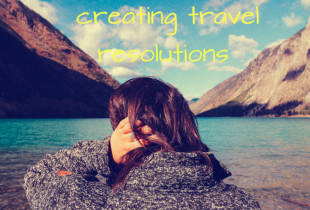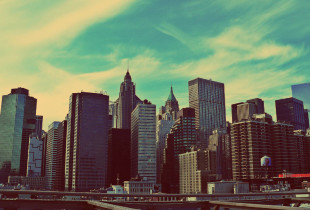By Katie Broyles
Icelandic men are quick to remind you that they come from Vikings. Within minutes of meeting one man, he pulled out a highlighted map and showed me all the winter swims he had accomplished, without a wetsuit, in the 0 degree Celsius sea. This is pretty normal behavior in Iceland. The small island nation was settled by Norse explorers around the year 900, and modern descendents are proud of their swashbuckling Viking heritage. Swimming in freezing water for fun and boasting rights is a common pastime. The heroic Sagas are a national literary treasure. Late on a typical Friday or Saturday night in Reykjavík, fistfights fueled by testosterone and alcohol break out. Viking culture is decidedly macho, so it might surprise you to learn that Iceland is the #1 country in the world for women.

In fact, Iceland is #1 on many lists. Every year since 2009, Iceland has ranked #1 in the Global Gender Gap Report produced by the World Economic Forum. Icelanders are #1 for gender equality, #1 for European fertility, #1 for cheap, clean sustainable energy, even #1 for most books written per capita. They have a reputation for being one of the most creative, artistic communities in the world. They have the lowest crime rate in the world. There is an innocent quality to Iceland that appears almost magical to outsiders. Despite the fistfights, someone is murdered only once every few years, and inmates are allowed leave from prison to go visit their families. There are so few women incarcerated that the women’s prison sometimes accepts men.
The country ranks at full gender equality or above in many categories. Educational equality is equal or higher. Female participation in the workforce is some of the highest in the world. Political empowerment for women is the highest in the world. There are quotas for women on corporate boards and in political bodies. Women have many opportunities to rise to positions of leadership, and what’s more, they are able to do so while also having the most children in Europe. On the streets of the capital Reykjavík, baby carriages are everywhere. Mothers are pushing them. Fathers are pushing them. Often, baby carriages sit alone outside small shops and cafes, complete with sleeping babies inside. Kidnapping is unthinkable, and Scandinavian wisdom purports that these well-bundled babies sleep better in fresh air and will become hardier.

Icelanders are notoriously nonchalant about sex, but another reason there are so many moms and dads out for a stroll with a baby is Iceland’s generous leave policy. The latest laws were revised in 2012 to give new mothers and fathers five months of paid leave each at 80% of their salary, plus an extra two months to split between them. Icelanders are also entitled by law to unpaid parental leave of up to thirteen weeks for each child up to eight years old. After parents return to work, childcare is heavily subsidized. For example, a married parent with one child is only required to pay 12.5% of earnings for private home care for their child; a single parent, disabled parent, or student pays only 7.8%. Iceland has created a progressive environment for women by making it easier for everyone to be a parent. And while Iceland’s small tightly-knit population isn’t easy to compare to a sprawling country like the United States, it is still fascinating to look at this highly functional society, where objectively, it’s just easier to be a woman.

Some of these developments can be traced back to the settlement days. Early Viking culture, while violent and chauvinistic, prized strong-willed women. In the Sagas, there is no dichotomy of aggressive men and submissive women. Female characters are championed for being stalwart, brave, independent and capable. Icelandic women today are also incredibly independent and hard-working, and yet simultaneously, manage to have the highest birth rate in Europe and enjoy enviable work-life balance. That is an Icelandic achievement even more impressive than jumping in the North Atlantic in the middle of winter.



